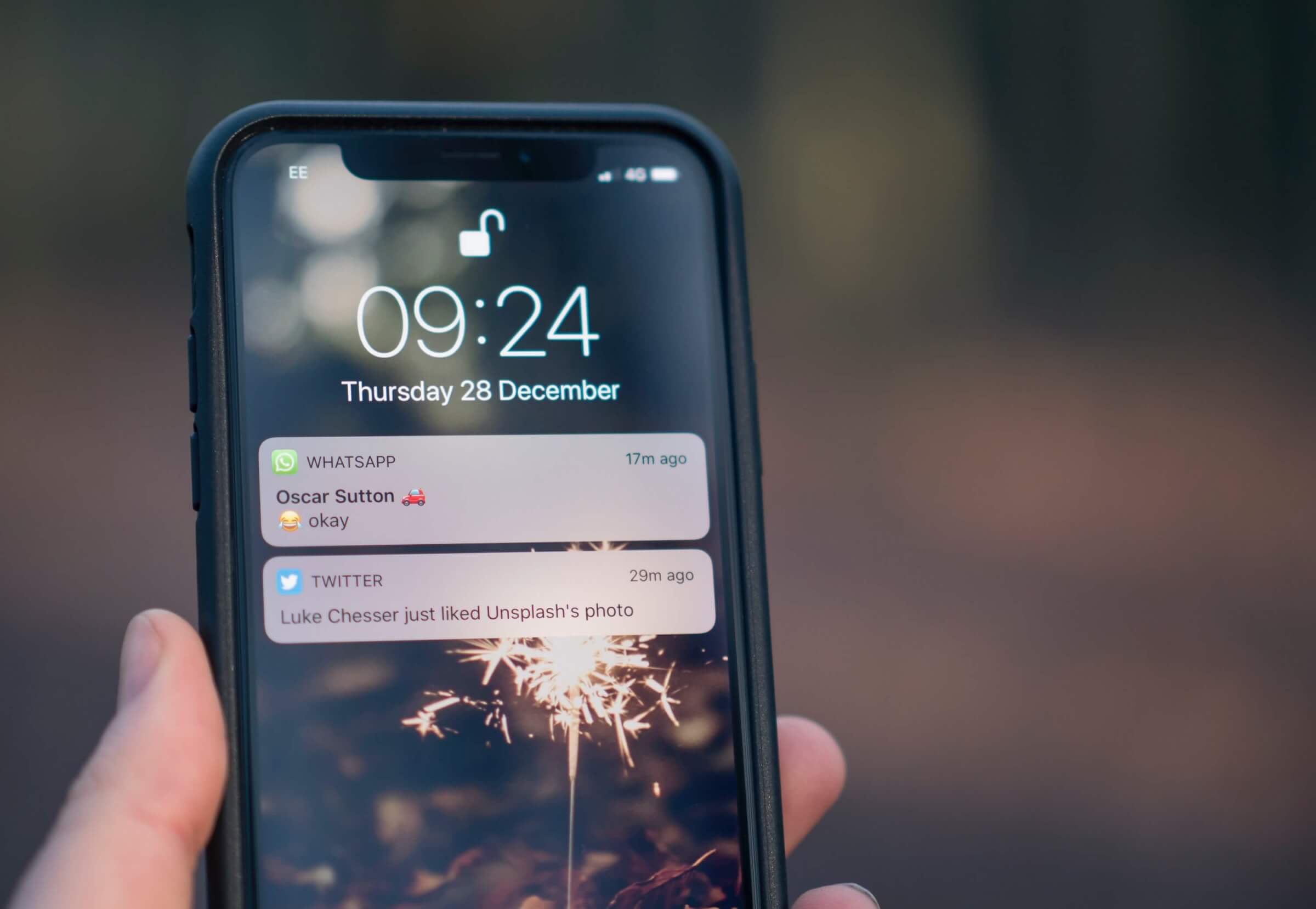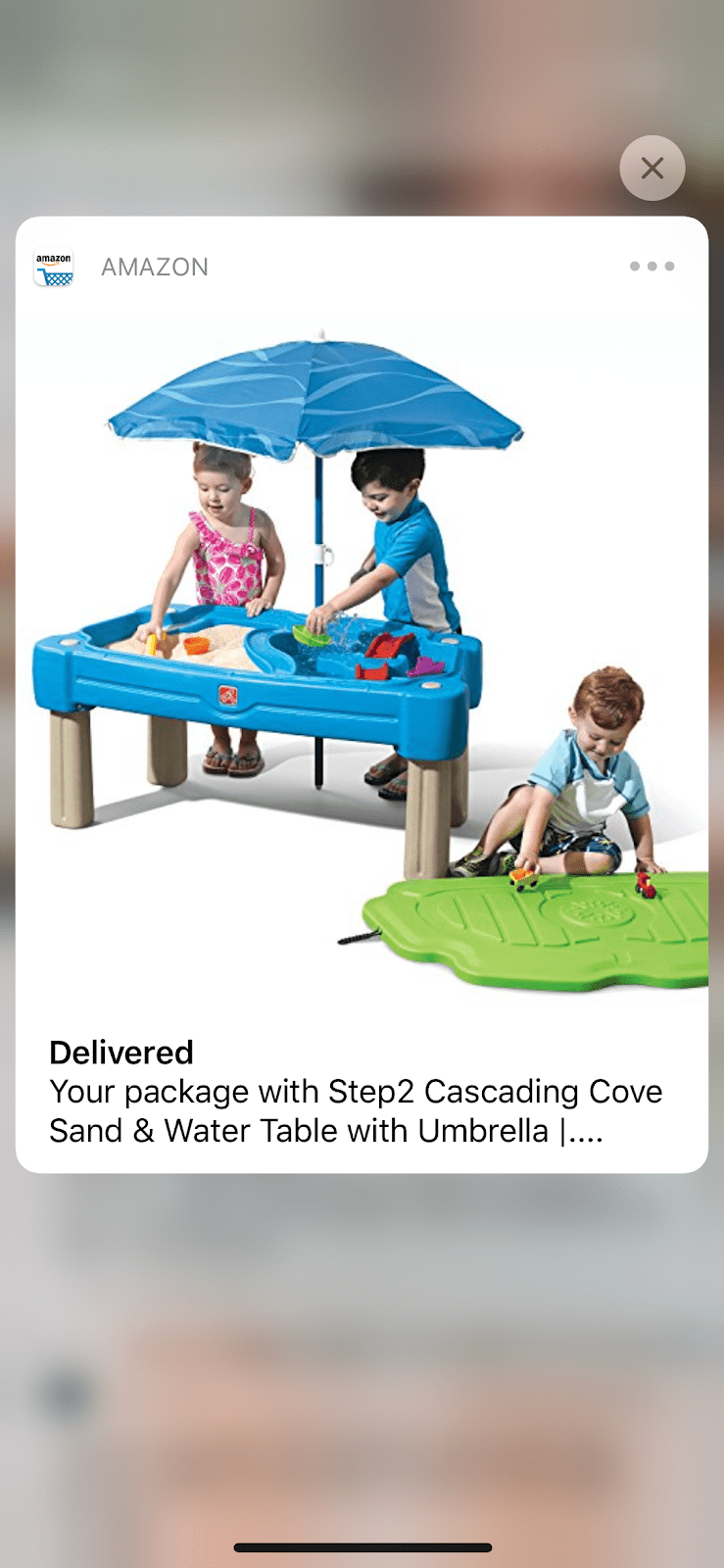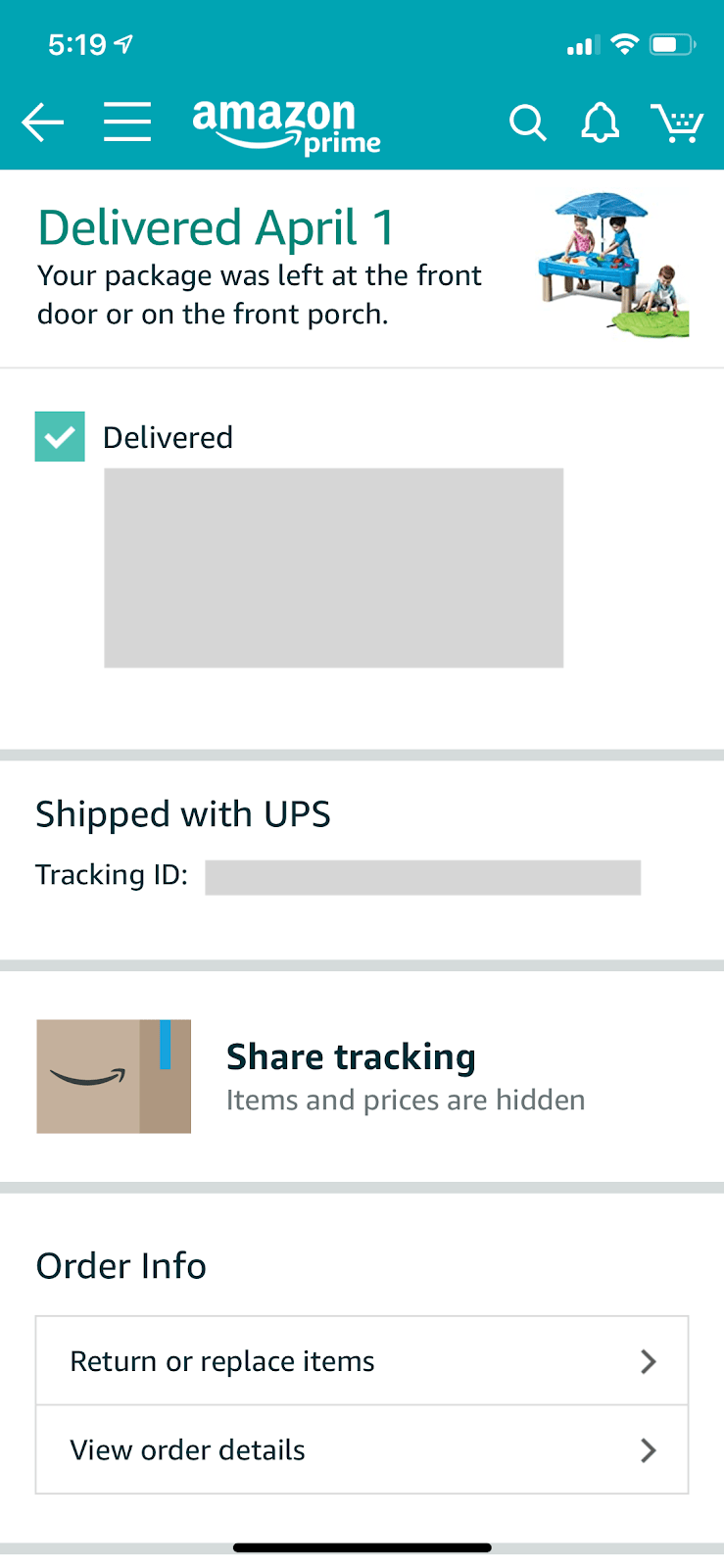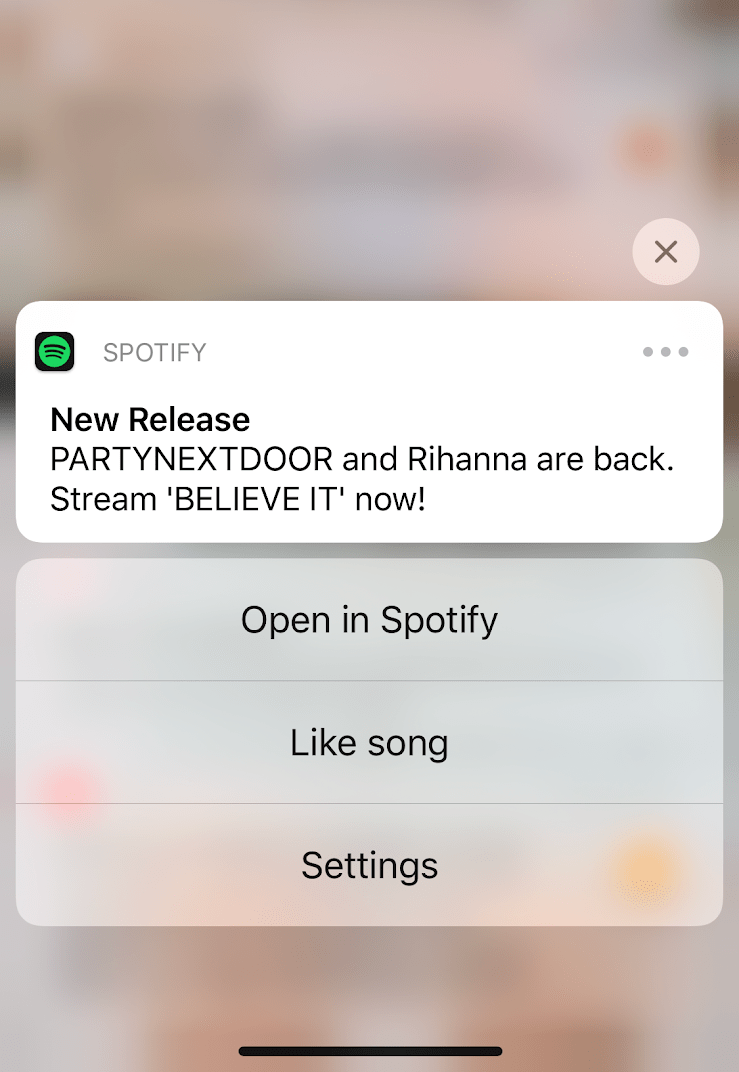The 3 key ingredients to a successful push notification strategy

.png)

.png)
Think about the last few push notifications you received. Were they relevant? Did they inspire you to click through? Push notifications are the Jekyll and Hyde of the mobile marketing world. When done effectively, they are one of the most powerful tools at a marketer’s disposal—allowing you to re-engage with users outside of the app. When used incorrectly, they are disruptive and can even turn users off your app permanently.
Despite their potential to be polarizing, push notifications are an important element of every mobile marketing strategy today. To give you an idea of just how impactful they are, consider the following.
There’s a lot riding on your push notification strategy. So how do you ensure yours is positively impacting your KPIs? Here are the 3 key ingredients for engaging push notifications, plus examples from apps that get it right.
The single most important element to your push notification strategy is personalization. The very nature of push notification is inherently personal. If you’re going to interrupt someone, you better have something good to say—and by good, we mean both compelling and relevant to the end user.
In order to accomplish a personalized push notification strategy, you need to capture (and protect!) deep user insights. Great push notifications rely on both profile (demographic info that a user or autocapture provides) and behavioral (action a user takes within your app) data. This ensures each push you send is hyper-targeted to the end user.
Since push notifications are meant to re-engage users, triggering them based off of prior in-app events is a great strategy to drive users back into your app. Peloton’s push notification uses this method to drive re-engagement:

This message is sent after a user finishes a class. It uses both profile and behavioral data to craft an engaging message that is tailored directly to the end user.
While push notifications occur outside of the app, a big part of their success is owed to their in-app counterparts—mobile tooltips and modals.
Push notifications should link users directly to a relevant in-app message. In-app messages bridge the gap between external and internal communication channels to provide a seamless user experience.
Amazon uses triggered push notification campaigns to let users know when their package is delivered (they also get bonus points for utilizing rich push). Once a user opens the notification, they’re connected to a page with delivery information. At the top of the page is a mobile banner with detailed information regarding the delivery:


This is a perfect example of how together, these mobile marketing tools help create a frictionless user experience that inspires both engagement and retention.
Product-led applications empower users to take control of their experience and solve their most pressing problems faster by removing the need for a middleman (sales, customer support, etc.). The superior user experience product-led applications offer leads to higher engagement, retention, and revenue.
Most mobile apps are intrinsically product-led. They encourage autonomy by using tools like push notifications, chatbots, and in-app messages to guide users from point A to point B.
Push notifications inspire users to re-engage with your mobile app, much like email. A great push notification connects with users by tailoring the message to their individual needs, preferences, and use case. Once inspired to swipe through, a product-led application will continue the momentum by providing frictionless, personalized experiences that lead users to value.
Spotify offers a quintessential product-led experience. They’ve perfected the art of leveraging user data to provide a hyper-personalized user experience that repeatedly leads users to value and only gets better with time.

The secret to a powerful push notification strategy starts with tailoring the message to the individual user. Throwing someone’s name in a message is not smart personalization, and your end users will see right through it. Use a combination of robust user data and marketing automation to assist in building a compelling strategy that addresses user needs at the right moment in their journey.
The second part of having a solid push strategy centers around making push notifications one piece of a seamless, self-serving application. Push notifications are one of the most effective tools in mobile marketing today—but they don’t work well on their own. Make sure your whatever message you’re conveying is reflected in the subsequent in-app experience.
Remember, push notifications are rarely valuable in isolation. Pair them with a solid understanding of the user journey, smart personalization, and thoughtful in-app messaging for a winning strategy that engages, converts, and retains mobile users.